
1/8
How to tell if we have fatty liver
When something is wrong inside the body, it doesn't always shout, though there might be signs that are easy to miss. The liver, being the body’s silent multitasker, handles over 500 vital functions like filtering toxins, breaking down fats, and balancing hormones. But when it starts to struggle, the first cries for help might quietly show up at its feet.
It’s easy to dismiss changes in the feet as something minor, maybe due to poor shoes or long hours of standing. But sometimes, these changes can reflect deeper internal issues, especially related to liver health. Here are 7 signs that may appear in the feet when the liver isn't doing well as per Dr Eric Berg.
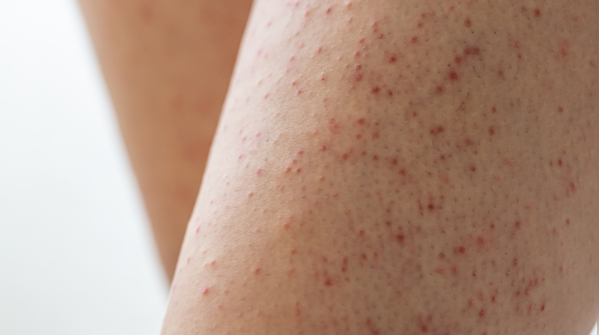
2/8
Red or brown dots on lower legs: Are they just skin spots?
Tiny red or brown dots on the lower legs might look like bug bites or bruises. But in some cases, they could be petechiae or hemosiderin staining, indicators of blood leakage under the skin.
A struggling liver can affect the blood’s ability to clot due to reduced production of clotting proteins. This leads to tiny capillaries bursting easily, especially in the lower legs due to gravity. Another cause is chronic venous insufficiency, sometimes related to cirrhosis, which may cause blood to pool in the lower limbs.
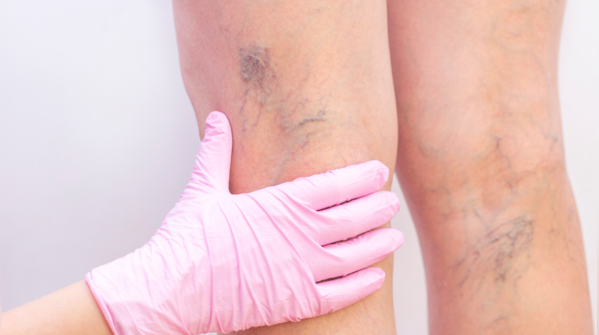
3/8
Spider veins on ankles and feet
Spider veins are tiny, web-like blood vessels visible just beneath the surface of the skin, often on the feet and ankles.
In liver cirrhosis, estrogen metabolism is disrupted. This hormonal imbalance can cause blood vessels to dilate, making spider veins more likely to appear. They’re not just a cosmetic concern, they could be the skin’s way of reflecting a deeper vascular issue linked to liver dysfunction.
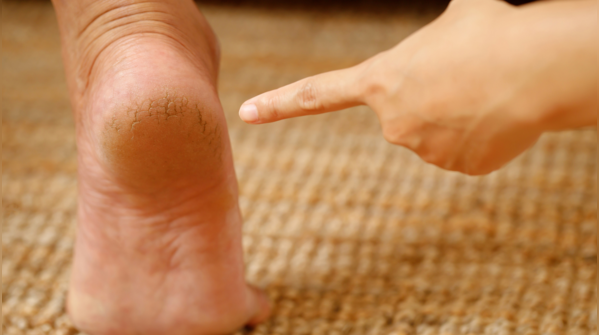
4/8
Cracked heels
Cracked heels are mostly seen as a sign of dryness or poor foot care. But sometimes, they hold deeper meaning.
Liver damage can affect the body's ability to absorb fat-soluble vitamins like A, D, E, and K. A deficiency in vitamin A, in particular, can lead to thick, dry, and cracked skin, especially on the heels. It’s the body’s subtle way of signaling nutrient malabsorption.
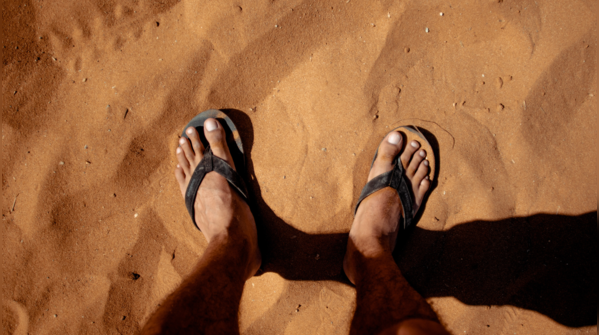
5/8
Hot or burning feet
That strange burning sensation or heat in the soles of the feet at night might not always be about tiredness or neuropathy.
In cases of advanced liver damage, especially with alcohol-related liver disease, peripheral neuropathy can occur. This nerve damage causes a burning or tingling sensation in the feet. High ammonia levels in the blood (due to impaired detoxification by the liver) can also irritate nerves.

6/8
Smelly feet
Foot odour is often blamed on bacteria and sweat. While that’s partly true, there's a bigger story sometimes.
When the liver fails to properly process and remove toxins, some of these waste products can exit the body through sweat glands, including those in the feet. Combined with the body’s altered metabolism and hormonal changes, this can lead to unusually pungent foot odour that doesn’t improve with regular hygiene.
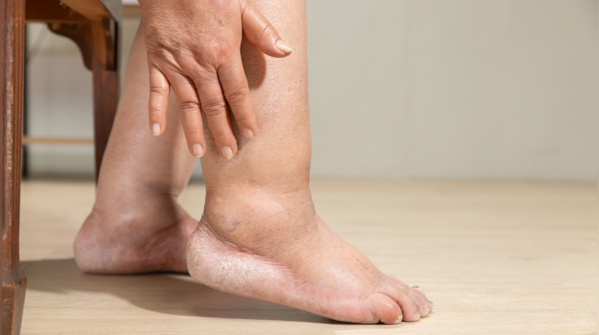
7/8
Pitting Edema
Pressing a finger into the swollen area on the top of the foot or ankle and seeing a dent that stays for a few seconds is called pitting edema.
Liver damage, especially in cirrhosis, can lead to low albumin levels in the blood. Albumin helps maintain fluid balance in the body. When its levels drop, fluid leaks into surrounding tissues, often first seen in the feet and ankles. It’s a classic sign of advanced liver dysfunction that shouldn't be ignored.
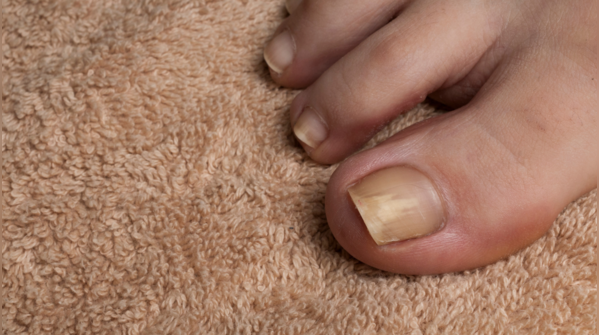
8/8
Toenail fungal infections
Thick, yellow, or crumbly toenails are common in fungal infections. Most people blame tight shoes or locker rooms. But liver health could also play a role here.
A compromised liver can weaken the immune system over time. When the immune response slows down, it becomes easier for fungal organisms to settle in and thrive, especially in the dark, moist environment around the toenails. It’s a sign that the body might be losing some of its natural defences.
[This article is for informational purposes only and is not a substitute for professional medical advice, diagnosis, or treatment. The signs and symptoms described here can have multiple causes and may not necessarily indicate liver damage. It is important to consult a qualified healthcare provider for proper evaluation and guidance.]
Follow Us On Social Media

 8 hours ago
48
8 hours ago
48




























 English (US)
English (US)